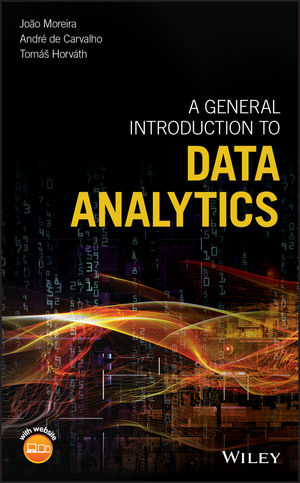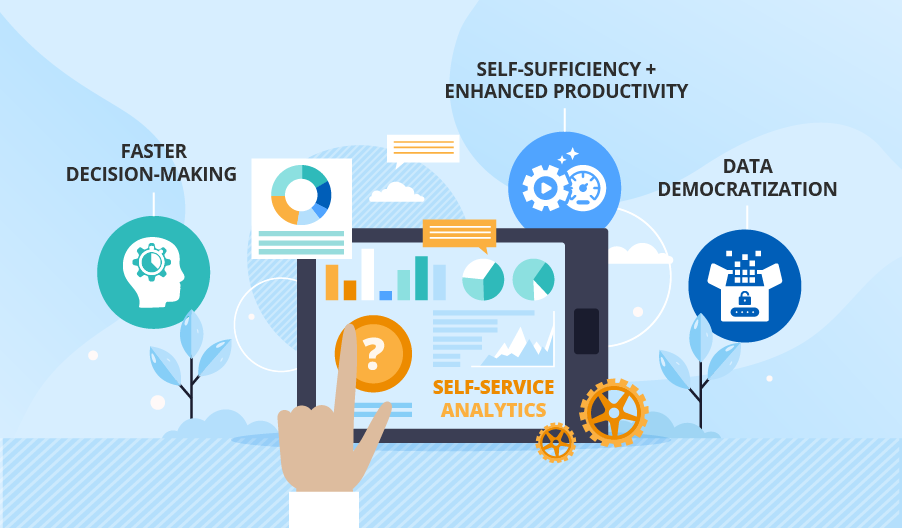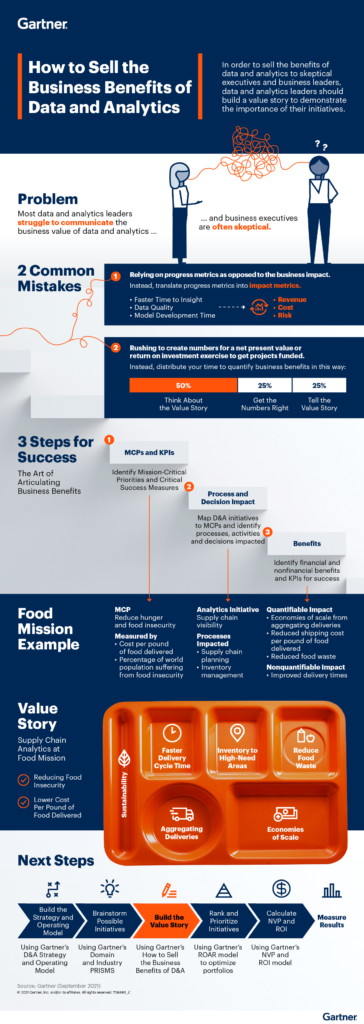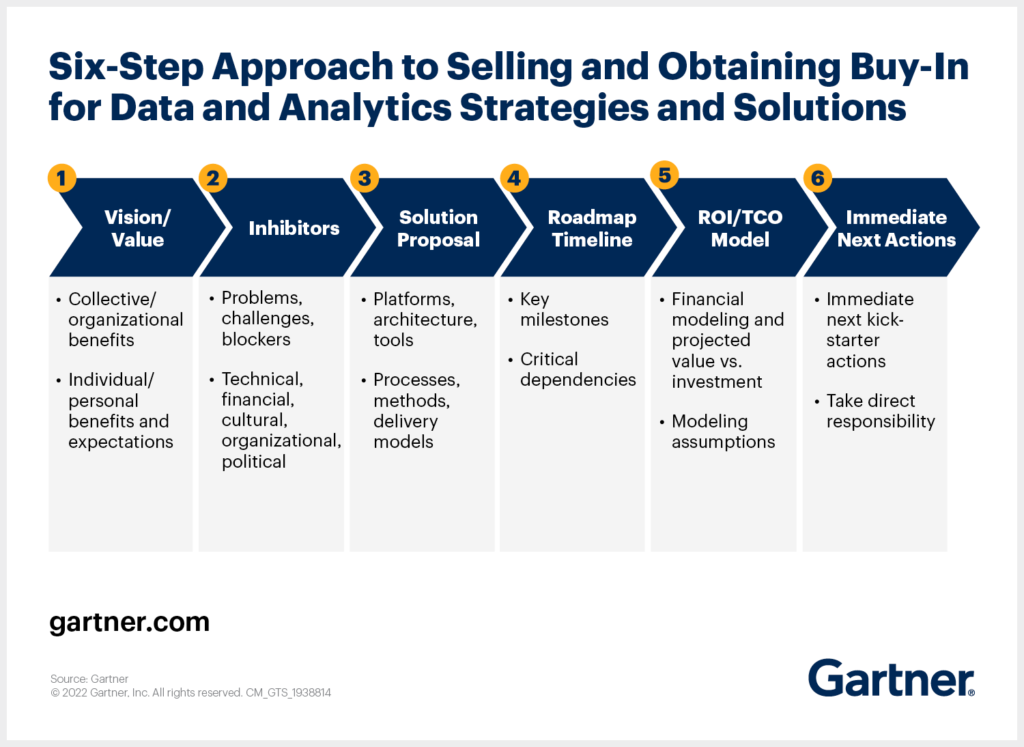Data analytics is a field that has gained tremendous popularity in recent years due to the ever-increasing amount of data being generated by businesses and organizations. It involves the use of various techniques and tools to analyze and interpret large sets of data, with the goal of discovering patterns, trends, and insights that can help inform decision-making and drive business success.
The importance of data analytics cannot be overstated in today’s digital age, where businesses are heavily reliant on data to gain a competitive edge. By analyzing customer behavior, market trends, and operational data, companies can make more informed decisions that can lead to increased efficiency, profitability, and customer satisfaction. As such, data analytics has become a critical skill set for professionals across a wide range of industries, from finance and marketing to healthcare and technology.

What is Data Analytics?
Data analytics is the process of analyzing large amounts of data to uncover patterns and trends. It is used to help organizations make better decisions and improve their operations. Data analytics can be used to uncover insights and trends that would otherwise remain hidden.
Data analytics is a broad term that encompasses a variety of techniques and methods used to analyze data sets. Common data analytics techniques include data mining, statistical analysis, machine learning, predictive analytics, and text mining. Data analysts use these techniques to uncover insights and trends in data sets, and then use the insights to inform decisions and improve operations.
How Does Data Analytics Work?
Data analytics is the process of gathering, organizing, and analyzing data for the purpose of uncovering insights and trends. Data analysts use a variety of techniques and tools to analyze data sets, including data mining, statistical analysis, and machine learning. Data mining is the process of extracting meaningful information from large data sets. Statistical analysis is used to analyze data and find correlations between variables. Machine learning is a form of artificial intelligence that uses algorithms and models to identify patterns in data sets.
Data analytics can help organizations identify opportunities, make better decisions, and improve operations. For example, data analytics can be used to uncover customer preferences, identify potential markets, and optimize processes. Data analytics can also help organizations understand customer behavior and develop better marketing campaigns. Additionally, data analytics can be used to uncover insights about a company’s performance, such as sales trends and customer loyalty.
Frequently Asked Questions About Data Analytics
Data analytics is a process that involves collecting, analyzing, and synthesizing data in order to gain insights and draw meaningful conclusions. It is an important tool for businesses and organizations to make informed decisions and optimize operations.
What Is Data Analytics?
Data analytics is the process of gathering and analyzing data to gain insights and draw meaningful conclusions. It involves collecting data from various sources, such as an organization’s internal systems, external sources such as competitors or customers, and open data sources, and then analyzing it using various techniques such as pattern recognition, predictive analytics, and machine learning. The goal of data analytics is to identify trends, patterns, and correlations in the data to inform decision-making and uncover new opportunities.
What Are the Benefits of Data Analytics?
Data analytics can provide a wide range of benefits to businesses and organizations. By leveraging data from various sources, data analytics can help organizations identify new opportunities, optimize operations, and make better decisions. Additionally, data analytics can enable organizations to better understand their customers and tailor products and services to their needs. Finally, data analytics can be used to increase efficiency and reduce costs by automating processes and uncovering areas of waste.
What Types of Data Are Used in Data Analytics?
Data analytics can use data from a variety of sources, including internal systems, external sources, such as competitors or customers, and open data sources. Internal sources typically include sales data, financial data, and customer data, while external sources may include social media data, market research, and industry data. Open data sources include public datasets from governments and other organizations.
What Tools Are Used for Data Analytics?
Data analytics tools are used to analyze and visualize data. These tools can range from basic spreadsheet programs to sophisticated analytics platforms. Common data analytics tools include data visualization tools, such as Tableau, and machine learning platforms, such as TensorFlow. Additionally, programming languages, such as Python and R, are commonly used for data analysis.
What Is the Difference Between Data Analytics and Data Science?
Data analytics and data science are both related fields, but they have distinct differences. Data analytics is the process of collecting, analyzing, and synthesizing data in order to gain insights and draw meaningful conclusions. Data science, on the other hand, is a broader field that involves the use of scientific methods and algorithms to uncover patterns in data and build predictive models. Data analytics is a subset of data science and focuses on the analysis of data.
In conclusion, data analytics is a crucial field that has transformed the way businesses operate in the modern world. With the exponential growth of data, companies are required to analyze and interpret this data to gain insights into customer behavior, market trends, and business operations. By utilizing data analytics, companies can make informed decisions that drive growth, reduce costs, and increase profitability.
In addition, data analytics has opened up a world of opportunities for professionals seeking to advance their careers in this field. With the growing demand for skilled data analysts, there are numerous job opportunities available in various industries. Moreover, data analytics has become an integral part of many academic programs, providing students with the necessary skills to succeed in this field. As we continue to generate and collect large amounts of data, data analytics will only become more critical, making it an exciting and dynamic field to be a part of.




